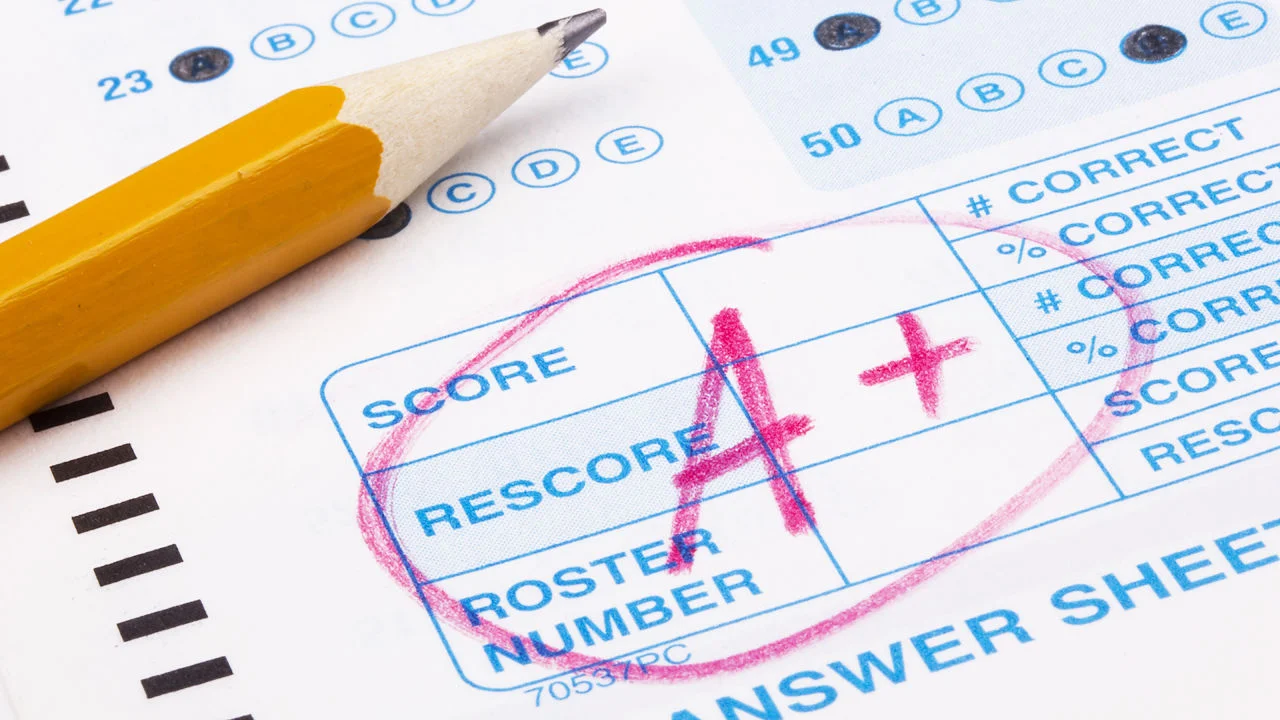STAR Reading™ is an assessment of reading comprehension and skills for independent readers through grade 12. STAR Reading tracks development in five domains:
· Word Knowledge and Skills
· Comprehension Strategies and Constructing Meaning
· Analyzing Literary Text
· Understanding Author’s Craft
· Analyzing Argument and Evaluating Text
All STAR assessments are computer-adaptive tests (CATs). Computer-adaptive tests continually adjust the difficulty of each child’s test by choosing each test question based on the child’s previous response. If the child answers a question correctly, the difficulty level of the next item is increased. If the child misses a question, the difficulty level is decreased. CATs save testing time and spare your child the frustration of items that are too difficult and the boredom of items that are too easy.
STAR tests are designed to be as efficient as possible. On average, students will complete the STAR Reading test in about 20 minutes. However, some students may require more time.
STAR Reading tests are used to screen students for their reading achievement. The scores from these tests not only help teachers differentiate to meet the needs of every child but also are used to monitor student growth throughout the year, place students in their Accelerated Reader reading level, to estimate students’ understanding of national standards, and predict students’ performance on standardized tests. In addition, STAR can help teachers determine appropriate instructional levels and skills that students are ready to learn.
Annually, NTA students take the Iowa Test of Basic Skills which is a standardized norm-referenced achievement test.
This test provides detailed diagnostic information, comparing students’ scores on a national level. The Iowa Assessment is one of the most widely used and respected achievement tests. Subjects assessed include: mathematics, reading, spelling, language, science, and history.
The Accelerated Reader (A.R.) program is voluntary for students in grades 1-3. Students are encouraged to strive for a specific number of incentive goal points each quarter based on their results from the STAR test. Students will take the STAR test each quarter and will be able to read higher level books as reading skills improve. Accelerated Reading is a requirement for students in grades 4-5 and counts as 10% of the reading grade. Each teacher receives a printout each Friday with cumulative A.R. points to date. Once the required points are met, students will continue to keep a reading log designed to meet their individual needs. The reading log will allow students to expand beyond A.R. books and read books and magazines of interest to them. Parents will sign the reading log daily. Students will earn grades based on the goals met through the individualized reading log. This approach has several benefits. It will allow the much needed time to teach age appropriate skills during the weekly library visit, it will allow the students to read in their areas of interests, and the students who are not reading or who do not enjoy reading will begin to develop the discipline of daily reading, and hopefully, will learn to enjoy reading!
Elementary students have individual point goals each quarter based on their results from the STAR test. They will need to have at least an 85% average. 1st grade students begin testing in October




